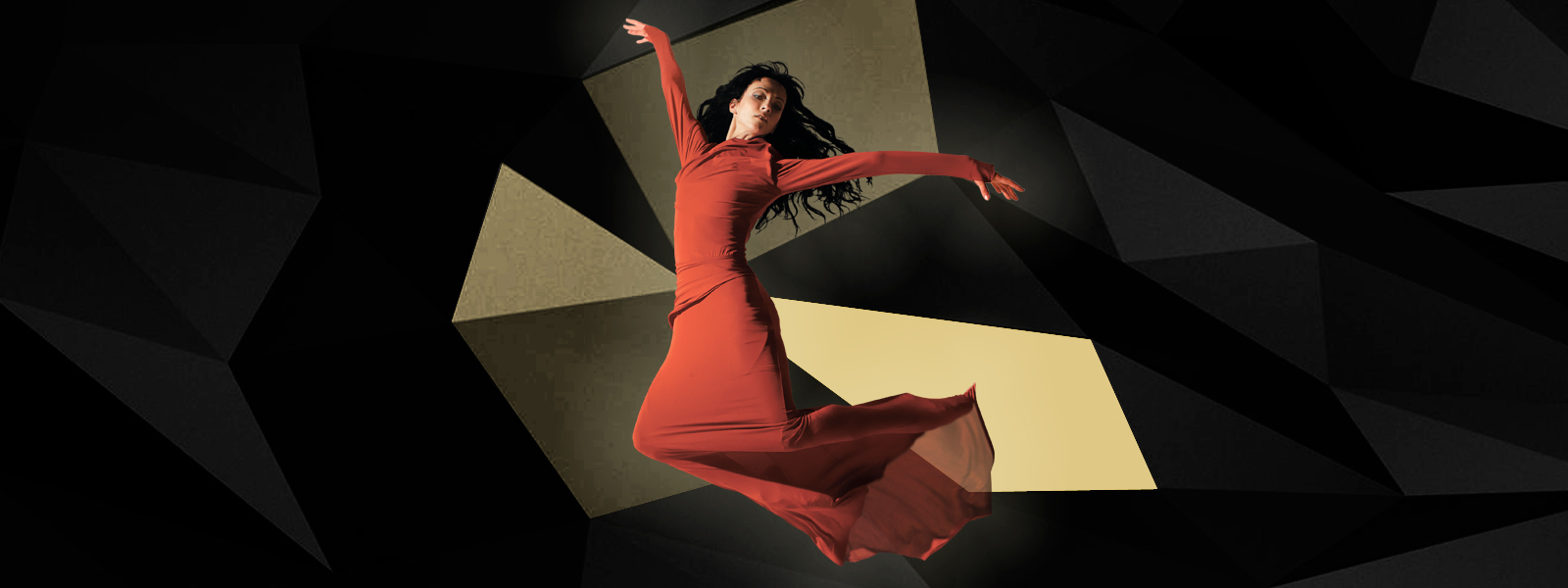Canada All Star Ballet Gala
Mind-blowing show! Only in Toronto!
Exquisite. Educational. Enlightening. Transforming.
The Most Prestigious Ballet Gala in the world!
April, 2018


In 1672, the Academy of Music under the directorship of Jean-Baptiste Lully amalgamated the Academy of Dance. The two joint academies founded a performing company, the Paris Opéra. In 1713, the Conservatory of Dance at the Paris Opéra began to admit younger students with the purpose of training them for the corps de ballet of the Paris Opéra. The special examination system ensured the progress of its students and their passage to upper levels of training. This model influenced other European schools of dance. During the three centuries of its existence the school produced many outstanding dancers. Its technical clarity and stylistic purity developed in close proximity with the productions of the Paris Opéra, which featured such outstanding dancers as Jean Balon, Louis Duport, Marie Camargo, Gaetano and Auguste Vestris in the eighteenth century and then Jules Perrot, Arthur Saint-Léon, Fanny Elssler, and Carlotta Grisi in the nineteenth. The legendary ballerina Marie Taglioni joined the Paris Opéra in 1832 with her signature role in the ballet La Sylphide. In her retirement years, Marie Taglioni, an exemplary technician of dance, started the tradition of the master class, which she gave to the advanced dancers of the Paris Opéra.
The terms applied to positions and types of movements developed in the French school remain the lingua franca of classical ballet of today. The clarity of position and effortless passage between them, the maintenance of a strong axis in a dancer’s body, which allows for an elegant refinement of steps, stability of balances, and regal interiority of emotions remain the distinct features of the French school.
Read entire article about ballet schools here.